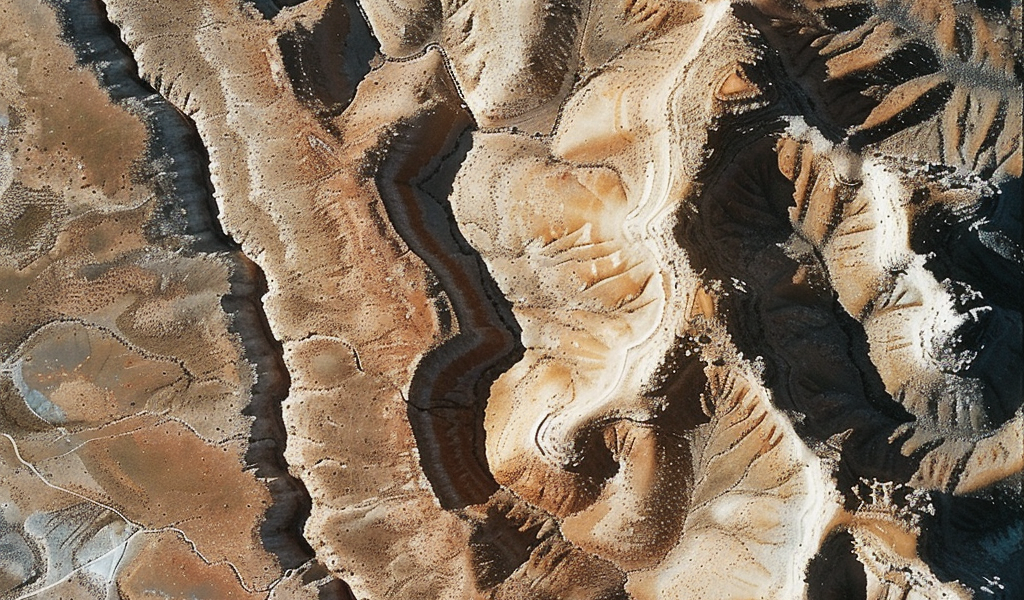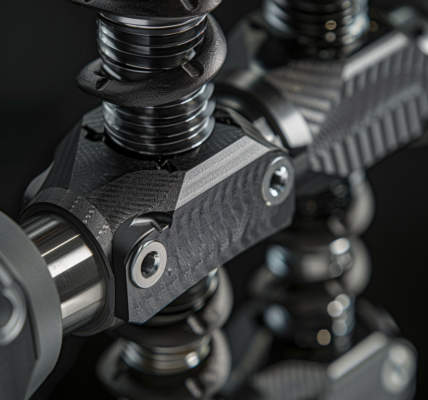Understanding the behavior of the Earth’s landscape can provide valuable insights into predicting large earthquakes. A recent study led by Bar Oryan from UC San Diego and Luca Malatesta from the GFZ German Research Centre for Geosciences has shed light on how the shape of the land can indicate potential seismic activity.
Subduction zones, where one tectonic plate slides under another, are known for producing the most powerful earthquakes. The ‘megathrust’ fault between these plates is where tension builds up and is eventually released, causing earthquakes. Scientists have long observed that the processes occurring between major earthquakes leave distinct marks on the land above.
The research team has discovered a mechanism that links the uplift of land to the thousands of small earthquakes that occur between major seismic events. These small earthquakes contribute to lifting a narrow strip of land above the megathrust. By analyzing the distribution of these small earthquakes, researchers can predict the likely location, size, and potential hazard of future major earthquakes.
This method is especially valuable in regions where direct observation of earthquakes and landscape deformations is challenging. By studying the land uplift, scientists can gain a better understanding of the mechanisms behind major earthquakes.
Earth’s largest earthquakes occur along subduction zones, where the rough surfaces of tectonic plates cause them to get stuck against each other. This ‘high coupling’ leads to the bending of the upper plate like an elastic springboard until it releases energy in a sudden slip, resulting in an earthquake.
Slip along the contact patch at subduction zones can displace significant amounts of land and water, potentially triggering destructive tsunamis. Understanding these processes is crucial for assessing earthquake risks and improving preparedness measures in vulnerable regions.





